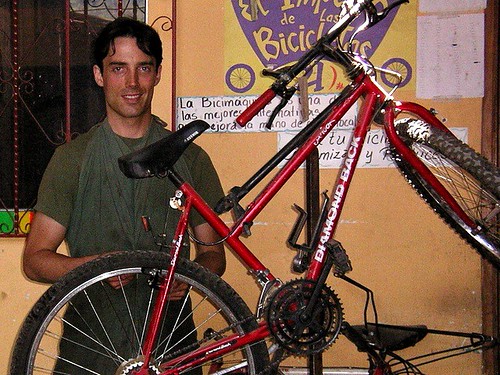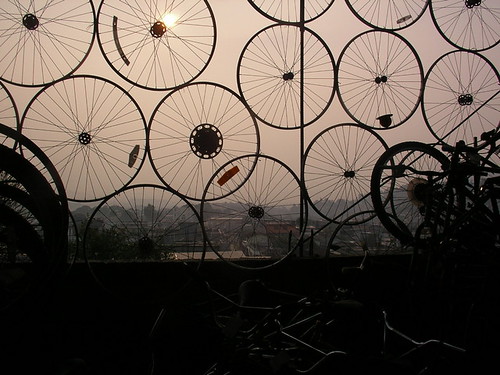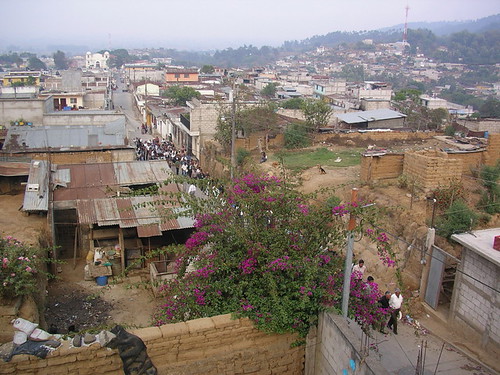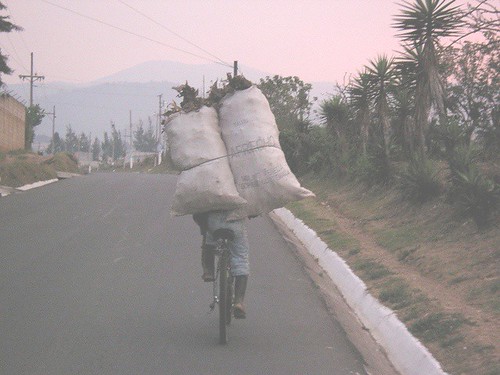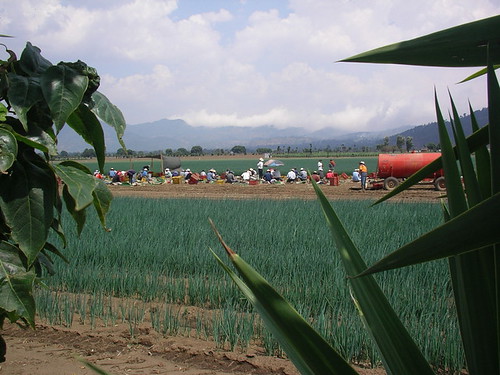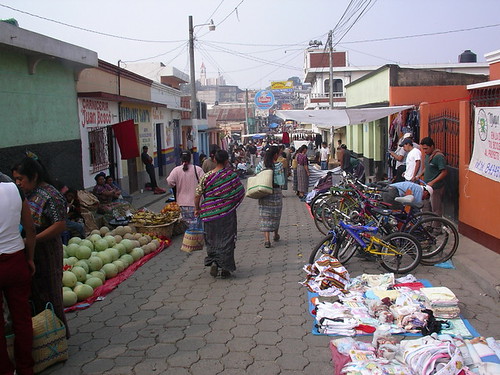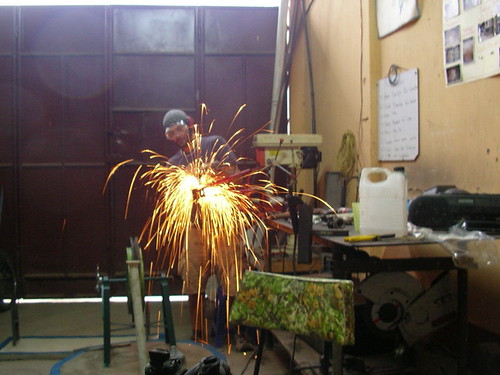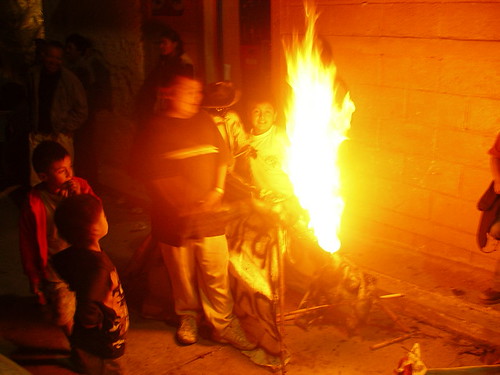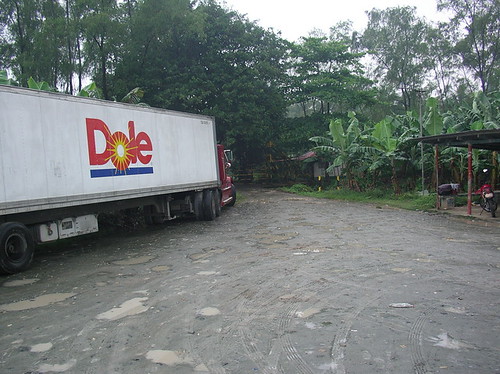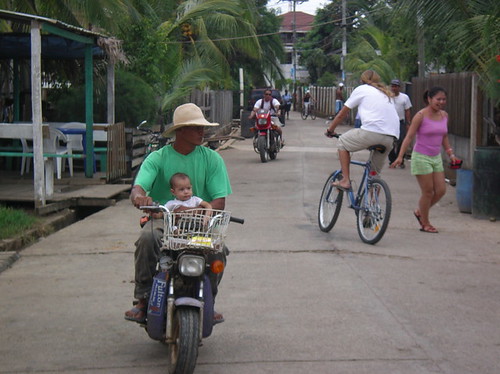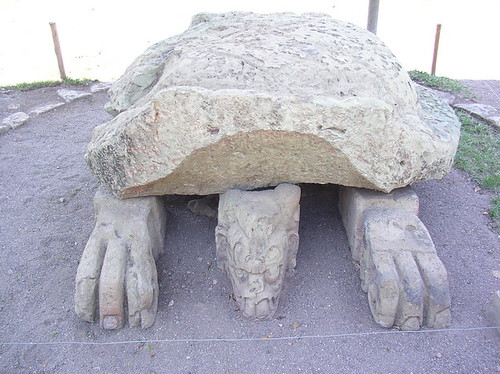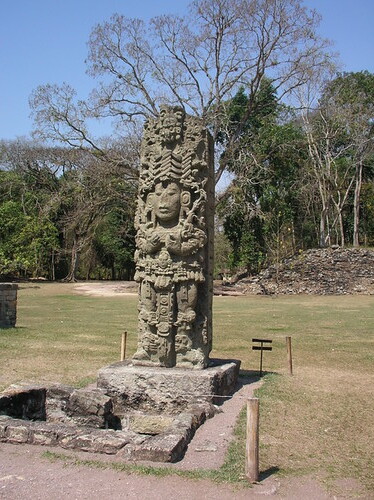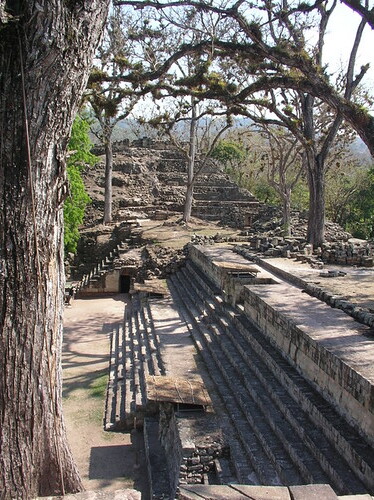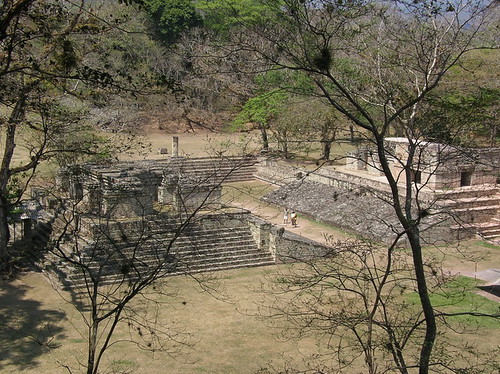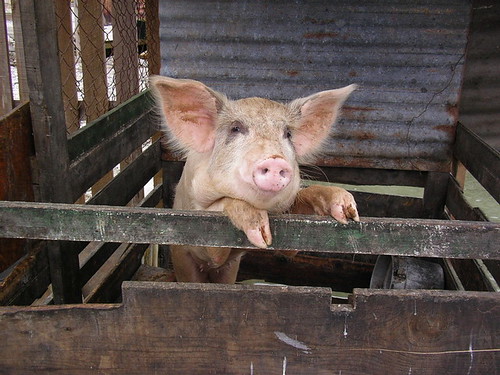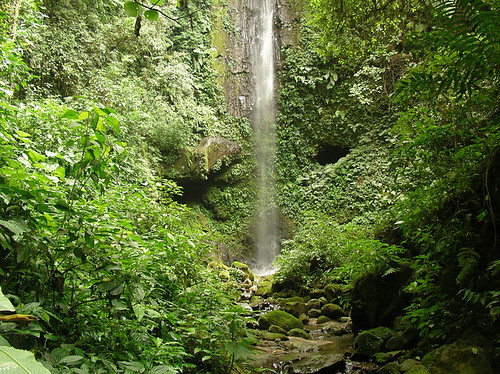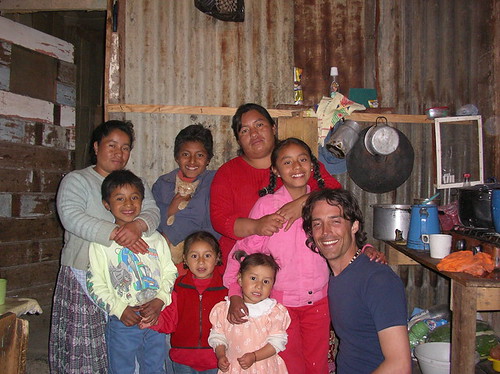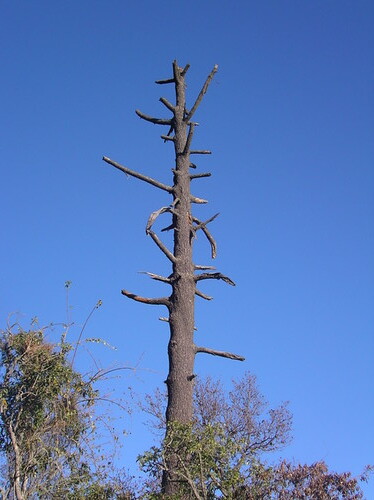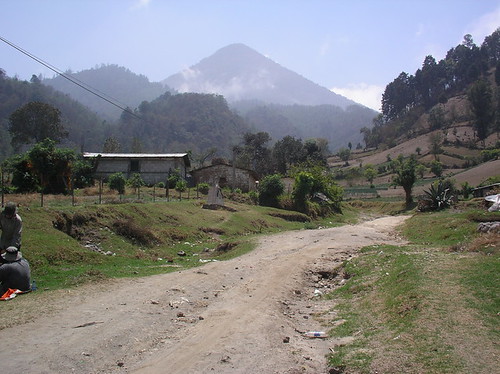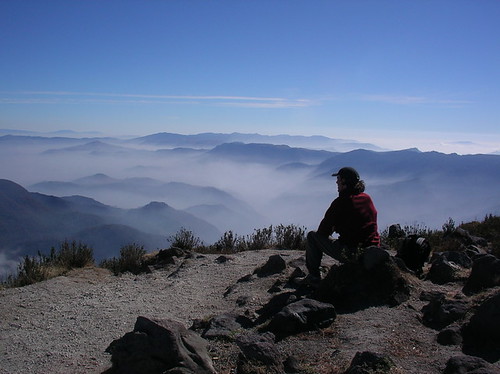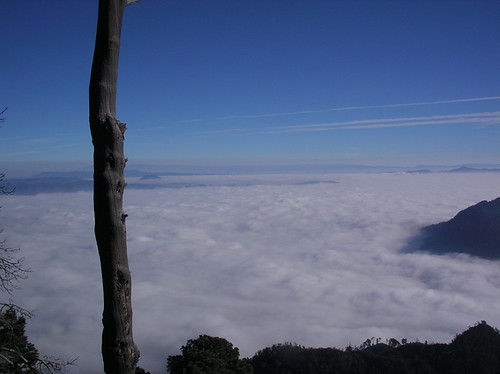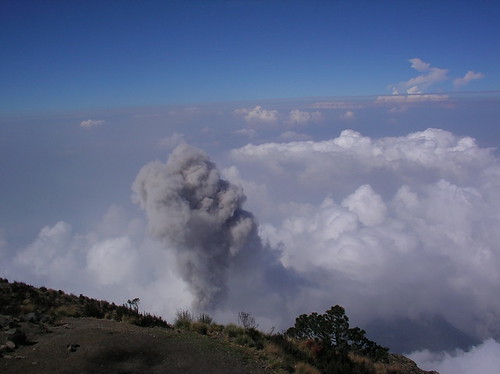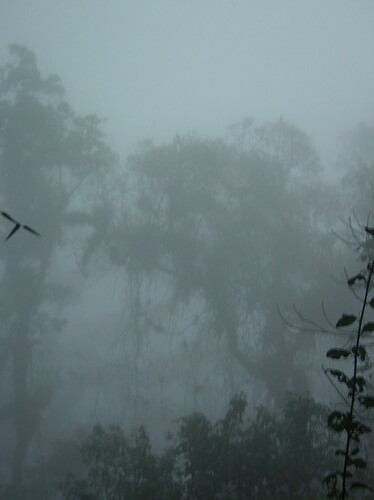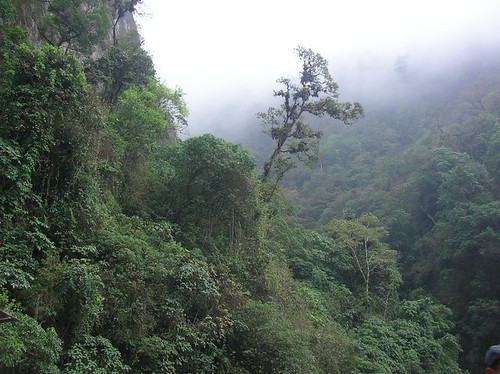levi's travelblog
Since I´m going traveling for a pretty lengthy time, I decided to skip the group emails and instead write a weblog. Please go ahead and post replies if the spirit moves you, or send me an email. I can´t promise timely replies though as I probably won´t be spending much time on the internet. However, I can promise to try and keep the blog interesting and not too long!
Thursday, May 19, 2005
Sunday, May 15, 2005
weekend trip to Xela
Me, fixing a bike at Maya Pedal, and sporting a new haircut.
Definitely the cheapest haircut I've ever had that wasn't free - Q7, about a dollar. For another Q7 I also had my first shave with a straight-blade, which was a worthwhile experience that I'd like to repeat. However it took him about 15 minutes to remove my week-old stubble and he kept saying "cuesta mucho." At the time I thought he was saying it was going to cost me a lot, but I later realized this is just an expression meaning "this is difficult."
Another view from the rooftop of Maya Pedal
Just a nice look at the bike-wheel "wallpaper" of our rooftop bike storage area.
View from the rooftop of Maya Pedal
Looking across San Andes Itzapa, which by the way has more like 5,000-8,000 people.
A new bicibomba de lazo (bike rope-water pump) installation
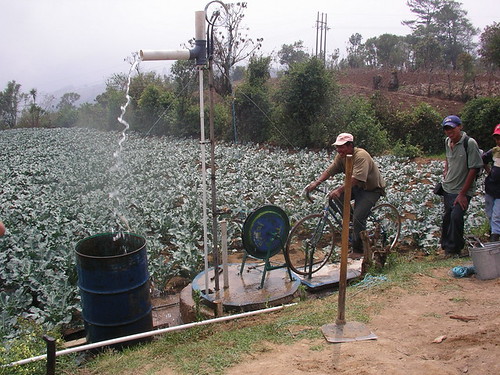 . A new bicibomba de lazo (bike rope-water pump) installation, originally uploaded by Levi Waldron.
. A new bicibomba de lazo (bike rope-water pump) installation, originally uploaded by Levi Waldron.In this picture, it is pumping about 25L of water per minute from a depth of 20m. The machine is great for a couple reasons. 1. it's useful. It's a huge improvement in efficiency over a rope and a bucket, the next step down in technology. It's way cheaper than a gas pump, the next step up in technology, which costs some 5 times as much to purchase and install and another some Q60/day in gasoline to use. 2. it's aesthetically pleasing. People like it, it's interesting. Gas/electric appliances are boring, all they do is sit there, whirr away, and do there work. With a bicimaquina, someone sits on a bicycle and pedals, but instead of going anywhere they move water or accomplish some other useful thing. When we set up in the Patzicia market, there was immediately a crowd of people there to watch demonstrations of the biciliquadora (bike blender) and the bicimolina (bike grinder). Unfortunately, we still didn't sell any in that market or most other days, because our bicimaquinas cost too much. It's a big problem. The bicibomba de lazo costs Q1800, and the other machines around Q600-900. Given that we receive free bikes from the US and Canada, and that the extra materials to make the machines cost maybe 20% of their retail price, I know we could do much better. There's a big and interesting story behind these finances, in which I am now intimately involved, but I think I would feel more comfortable posting that after the finances meeting tomorrow is done and probably after I am back in Canada. Stay tuned...
The most amazing working bike feat I've ever witnessed.
Yes, it's uphill, and he's carrying those 2 huge bags with a tumpline.
A medium-sized terreno just outside Itzapa
I was riding my bike from Itzapa to Chimaltenango, and stopped to take this picture. This particular stretch of road is a road-rider's dream except that it doesn't last very long - smooth pavement, light traffic, beautiful and interesting landscape.
Friday, May 13, 2005
Another nearby terreno
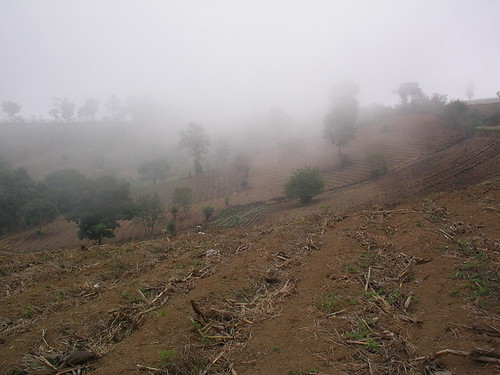
About 90-95% of the population of Itzapa own their own terreno, or small plot of land. I've been told that all of them are organic - not only could most of the farmers not afford chemicals, but I think they would have a heck of a time getting them to their terreno as walking alone or with a loaded-down horse are the most common modes of transportation I've seen people taking to their terrenos. The food I buy in the Itzapa market comes direct and fresh from these terrenos, usually with the women selling while the men work in the fields. I made a short-list of about 50 fruits and vegetables growing in nearby terrenos, including corn and beans (of course), peas, tomatoes, potatoes, broccoli, cauliflower, cabbage, carrots, aguacado, pineapple, mango, oranges, limes, banana, chile, melons, onion, garlic, lettuce, cucumber, oregano, etc. All organic and very fresh, available a 2-minute walk from my house, and all I can eat for about $2/day. In case anyone was worried about me not eating well here.
Sunday, May 08, 2005
The poor abused pig in Utila (see the link below). Still, she seemed quite welcoming when I came over to visit and take pictures.
Thursday, May 05, 2005
A foggy evening in a cloud forest, by the Aguas Amargas (bitter waters) hot spring near Xela
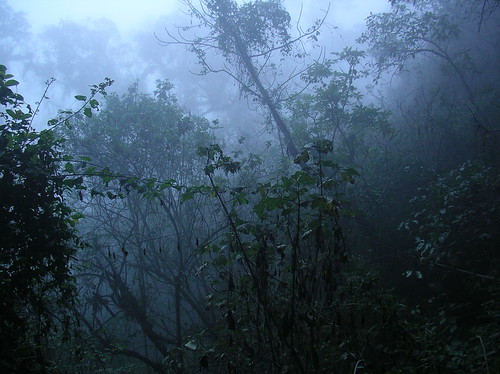
After 3 hours of unsucessfully trying to get a CD of my photos in Chimaltenango, I was able to borrow one from someone in the internet cafe in Itzapa and transfer all my photos to the hard drive of my linux machine here. So this is just a sample, I expect to be posting a boquet of photos in the next few days. yippee! There are some good ones...

